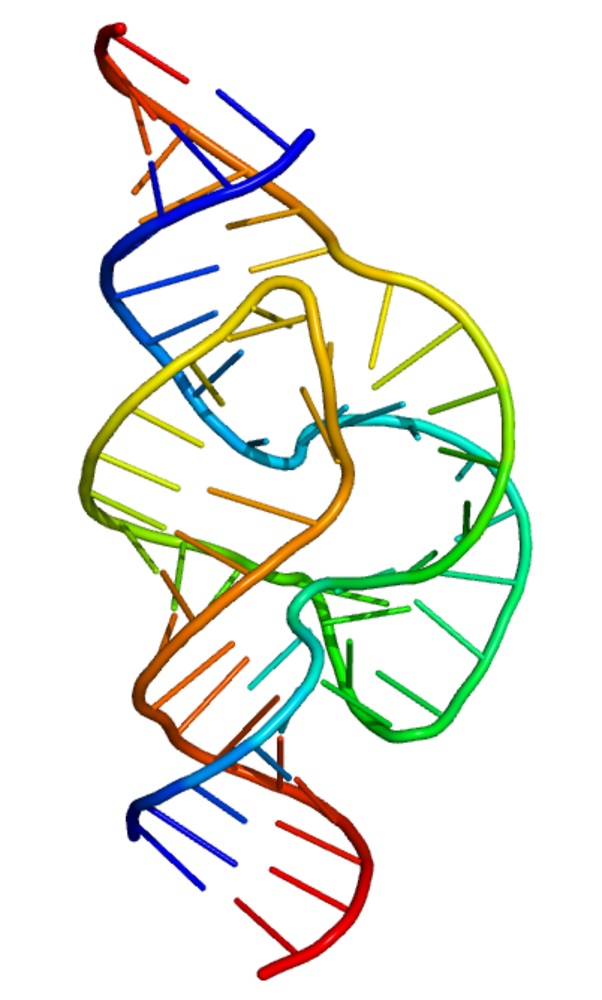Life's earliest molecules are being recreated using the power of evolution.
In the same way that dog-breeders generate pedigrees, scientists at Cambridge University have created synthetic molecules that copy genetic material. This provides a glimpse into what may have occurred over three billion years ago when life first began on Earth.
Led by  Philipp Holliger, the Cambridge-based reseach team have tested a theory called the "RNA World Hypothesis", which suggests that life was originally based not on DNA but on a related chemical called RNA. As well as carrying genetic information, RNA can fold-up into three-dimensional shapes and function as an enzyme, a biological catalyst that speeds up certain chemical reactions.
Philipp Holliger, the Cambridge-based reseach team have tested a theory called the "RNA World Hypothesis", which suggests that life was originally based not on DNA but on a related chemical called RNA. As well as carrying genetic information, RNA can fold-up into three-dimensional shapes and function as an enzyme, a biological catalyst that speeds up certain chemical reactions.
It's thought that the original molecule of life was an RNA that could make copies of other RNAs, including itself. This self-replicating molecule was then superseded by its modern-day DNA counterpart later during evolution.
Holliger's group started with an RNA enzyme called R18, which could make copies of other short pieces of RNA, although in an error-prone manner.
"It's like a keyboard with which you can only write one or two words," says Holliger.
To evolve this initial R18 RNA, the group created 50 million clones, each containing random genetic changes in the RNA sequence, and selected those with the best RNA-copying abilities. And by repeating this process a number of times, they generated progressively more powerful enzymes.
"We took all the beneficial mutations that had accumulated from various selection experiments, sorted out what's helpful and what's not, and combined them into a single molecule," explains Holliger.
The end result was an RNA enzyme named, somewhat unspectacularly tC19Z, that could copy strands of RNA up to 95 genetic letters long. This was a significant improvement on the average of 14 achieved by the starting molecule, R18. The evolved RNA molecule also made 20-fold fewer errors in the process, and could even copy RNAs that were themselves active RNA enzymes.
This provides strong support for the RNA World Hypothesis, because the RNA molecule that started life must have been able to faithfully copy the full length of its own genetic sequence in order to copy itself. And although they're not there yet, Holliger's team have nevertheless shown that, "a very sophisticated molecular function - replication - can be built from RNA alone."
The ultimate goal is to create fully self-replicating RNA molecules in the lab. Although scientists can never say for sure what happened on Earth billions of years ago, research like this is as close as we can get to solving the mystery of how life might begin.
And as Holliger points out, "There are still some serious gaps, but the hope is, maybe within the next decade, a lot of these will have been filled and we would be able to plot a plausible course... from simple organic molecules to simple cells capable of growth, replication and evolution."
Philipp Holliger explains how life may have first evolved as self-replicating RNA...









Comments
Add a comment